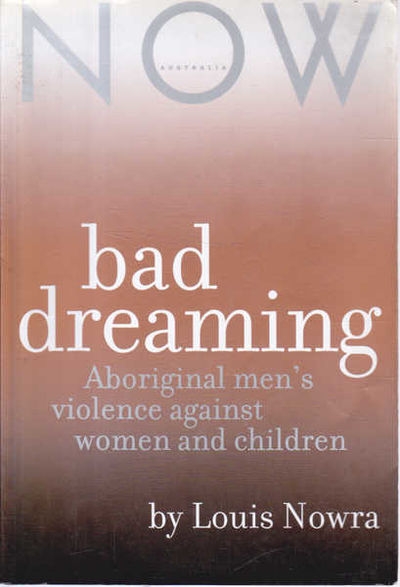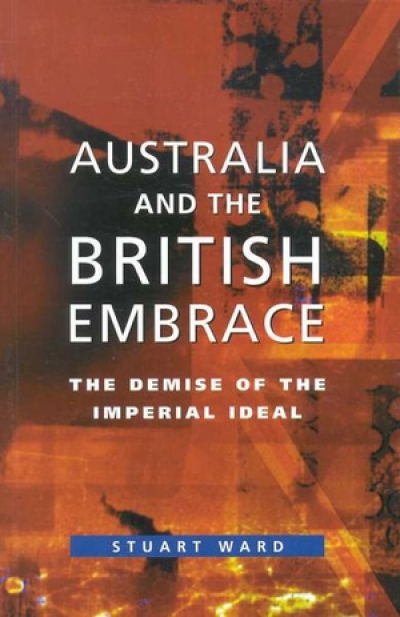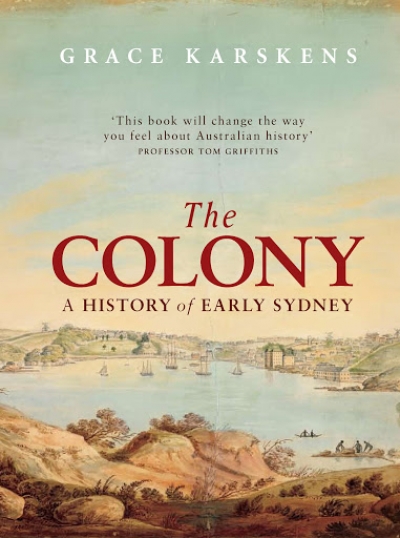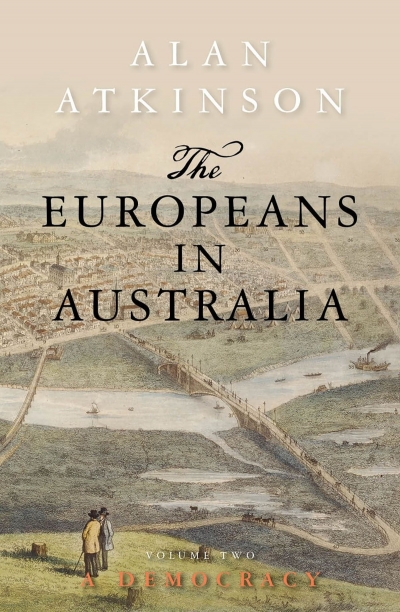John Hirst

John Hirst was a historian. His most recent book was Looking for Australia: Historical Essays (2010).
When did Australia grow up? Australian historians have accepted, almost as an obligation of their trade, that they must declare the moment when the child reached mature adulthood. Was it, as Justice Murphy proclaimed in splendid isolation on the High Court bench, at the moment of the adoption of the Commonwealth Constitution in 1901? He was, admittedly, an amateur historian. Was it with the passag ... (read more)
This is not so much a history of Sydney as a tour with a sensitive and alert guide who knows her history. The site is modern Sydney. Although Sydney was only just beginning to develop suburbs when the book ends – in the 1820s – Karskens tours the whole of the Cumberland Plain, the area that metropolitan Sydney now covers. For the modern suburbs, as everywhere else, Karskens describ ... (read more)
Manning Clark rescued Australian history from blandness and predictability by making Australia a cockpit in which the great faiths of Europe continued their battle, with results that were distinctive. He concentrated on the great characters who were bearers of one of the faiths: Protestantism, Catholicism, or the Enlightenment.
Alan Atkinson is modestly offering three volumes instead of Clark’s ... (read more)
Henry Reynolds is the pre-eminent historian of Aboriginal–settler relations in Australia, and with this theme he begins his history of Tasmania. He eschews the obligatory set piece description of Aboriginal society before the Europeans arrived, with which so many books now awkwardly commence. His opening chapter is ‘First Meetings: Extraordinary Encounters’, where the explorers and founders ... (read more)
John Howard and Tony Blair both came to the prime ministership in landslides, Howard in 1996, Blair in 1997. They were on opposite sides of the traditional political divide, Howard leading a Liberal Party opposed to Australian Labor and Blair leading the British Labour Party. But both rebadged their parties, Blair as New Labour and Howard as Conservative. New Labour and Conservative meet in their ... (read more)





